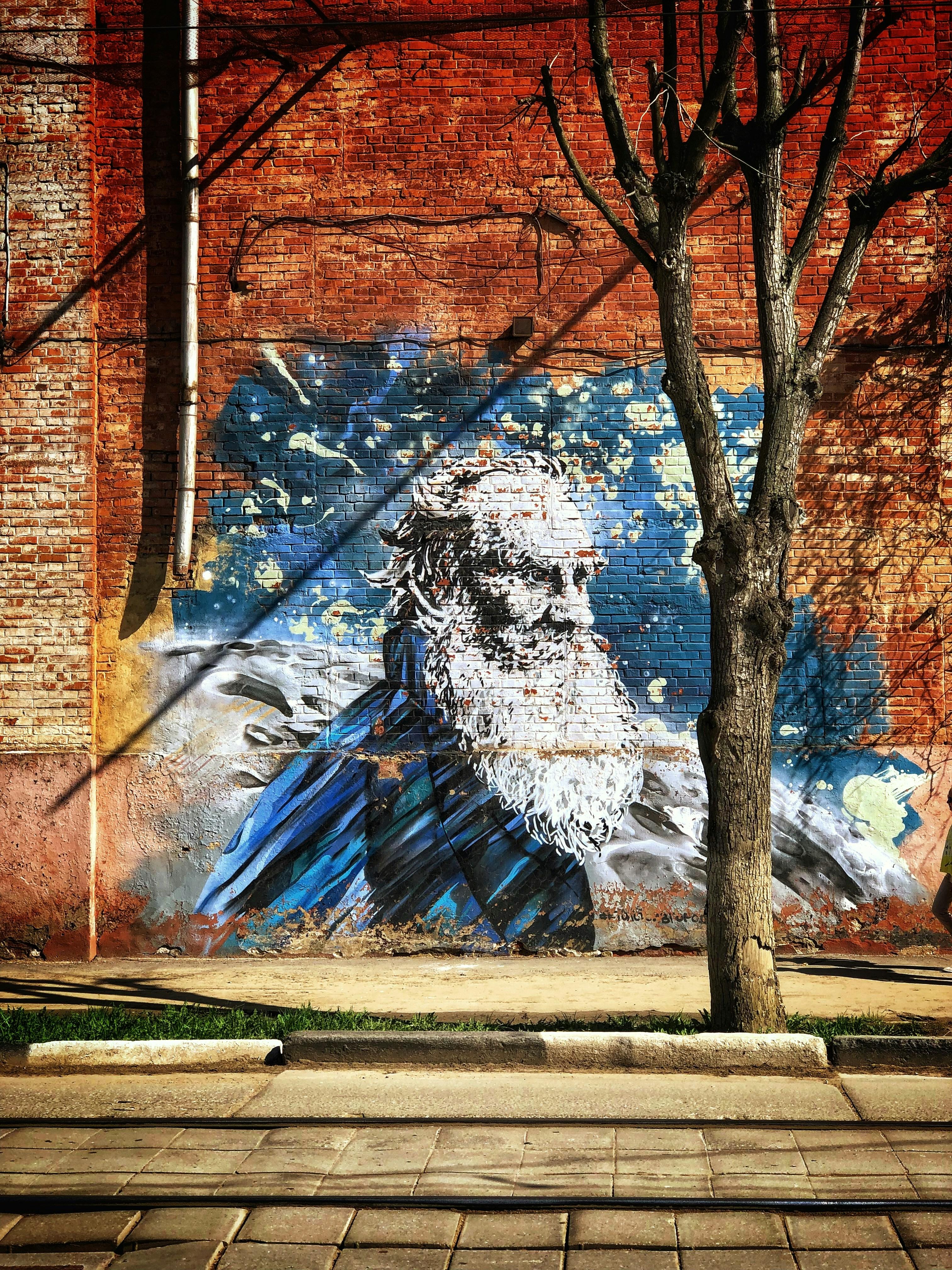In the annals of cinematic history, few films have delved into the harrowing depths of power dynamics and systemic oppression with the unflinching intensity of Steve McQueen’s 2013 masterpiece, 12 Years a Slave. Based on the 1853 memoir of Solomon Northup, a free African-American man who was abducted and sold into slavery, the film offers a stark and poignant portrayal of the brutal realities of 19th-century American slavery. This article aims to analytically explore how 12 Years a Slave not only recounts a personal narrative of suffering and endurance but also serves as a broader commentary on the mechanisms of power and the pervasive nature of racial oppression. Through meticulous examination of its narrative structure, character development, and visual aesthetics, we will uncover the film’s profound insights into the enduring human struggle for dignity and freedom amidst the relentless machinery of dehumanization.
Historical Context and Authentic Representation
The film 12 Years a Slave immerses viewers in the grim reality of 19th-century America, meticulously reflecting the historical context of slavery. Director Steve McQueen’s dedication to authentic representation is evident in the detailed set designs, period-accurate costumes, and the harrowing depiction of the brutal conditions endured by enslaved individuals. By grounding the narrative in the true story of Solomon Northup, the film not only conveys the personal anguish of its protagonist but also serves as a stark reminder of the systemic cruelty and dehumanization inherent in the institution of slavery.
Several elements contribute to the film’s authenticity:
- The use of primary sources, including Northup’s own memoir, to shape the screenplay.
- Consultation with historians to ensure accuracy in the portrayal of events and settings.
- Employing a cast that deeply embodies the historical figures they represent, enhancing the emotional and factual integrity of the narrative.
This meticulous approach not only provides an educational experience but also underscores the enduring impact of slavery on American society, making 12 Years a Slave a powerful tool for reflection and understanding.

Visual Storytelling and Cinematic Techniques
Steve McQueen’s masterful use of visual storytelling in “12 Years a Slave” serves as a poignant exploration of power dynamics and oppression. Through meticulous cinematic techniques, McQueen immerses the audience in Solomon Northup’s harrowing journey, employing stark contrasts in lighting to symbolize the stark realities of freedom versus enslavement. The use of long takes, particularly in scenes of violence and suffering, forces viewers to confront the brutal truths of the era without the relief of a cutaway. This technique not only highlights the physical and emotional toll of slavery but also underscores the resilience of the human spirit.
The film’s color palette is another powerful tool, shifting from the vibrant hues of Solomon’s life as a free man to the muted tones of his enslavement. This visual transition mirrors his loss of autonomy and identity. McQueen’s strategic use of camera angles further emphasizes the themes of power and subjugation. Low-angle shots of the oppressors elevate their perceived dominance, while high-angle perspectives of the enslaved underscore their vulnerability. Additionally, the deliberate pacing and editing choices contribute to a narrative rhythm that echoes the relentless passage of time in captivity, reinforcing the film’s emotional depth and historical authenticity.
Character Development and Emotional Depth
The strength of “12 Years a Slave” lies not only in its stark portrayal of the horrors of slavery but also in its meticulous . Solomon Northup, portrayed with a profound vulnerability by Chiwetel Ejiofor, is at the heart of this narrative. His journey from a free man to a slave is not just a physical transition but an emotional and psychological odyssey that the audience is compelled to witness. His character evolves from a state of disbelief and denial to one of profound resilience and, ultimately, hope.
Key supporting characters contribute significantly to the film’s emotional landscape:
- Patsey: Played by Lupita Nyong’o, Patsey’s character encapsulates the extreme suffering and dehumanization endured by slaves. Her moments of fleeting joy and deep despair add layers to the narrative.
- Edwin Epps: Michael Fassbender’s portrayal of the brutal plantation owner reveals the psychological complexity of oppressors, illustrating how power corrupts and dehumanizes.
- Eliza: Adepero Oduye’s character offers a poignant glimpse into the emotional wreckage left by the separation of families, highlighting the personal costs of slavery.
Through these characters, the film not only depicts the physical cruelty of slavery but also delves deeply into the emotional and psychological scars it leaves behind, offering a multifaceted exploration of power and oppression.

Impact and Contemporary Relevance
The enduring impact of “12 Years a Slave” is reflected in its meticulous portrayal of the harrowing realities of slavery, resonating deeply with contemporary audiences. The film’s unflinching depiction of systemic oppression provides a stark reminder of historical injustices that continue to shape societal structures today. By illustrating the brutal dehumanization faced by Solomon Northup and other enslaved individuals, the film compels viewers to confront the lingering effects of racism and inequality in modern society.
- Historical Accuracy: The film’s commitment to historical detail serves as a powerful educational tool, highlighting the importance of remembering and understanding the past to address present-day issues.
- Human Rights Discourse: By presenting personal narratives of suffering and resilience, the movie contributes significantly to ongoing conversations about human rights and social justice.
- Cultural Reflection: The cinematic representation of power dynamics and resistance encourages a broader reflection on cultural and institutional power structures that persist today.































